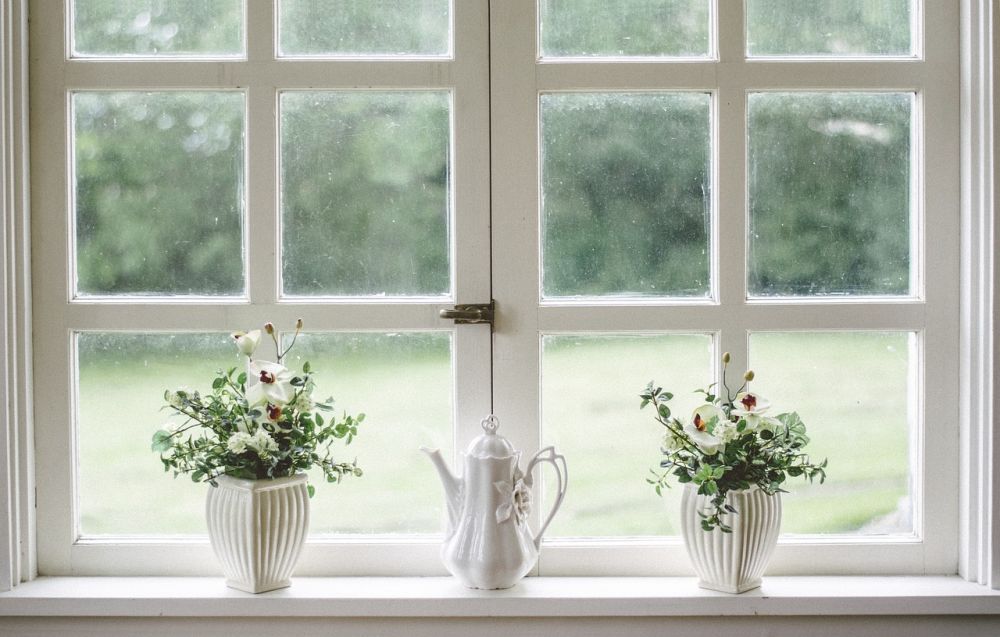U-Values and R-Values in cheap windows


So you’re browsing various websites for new cheap windows. You’ve got your eyes on a couple of choices. Everything matches up with your requirements. But then, you notice these unknown figures. U-value and R-value. Don’t fret, we have your back. Let’s take a peek as to what these values mean.
What are U-Values and R-Values?
So, as you probably know by now, energy efficiency is all the rage these days. But, instead of saying a particular product is energy efficient, it’s much more convenient to assign them a number that will let us know exactly how efficient they are, which we then use to compare against other, similar products. This is also applicable in the case of cheap windows.

In the case of cheap windows, we want a high R-value, and a low U-value.
U-values
Basically, the U-value represents exactly how much heat escapes per hour through a certain window. Cheap windows are usually assigned two U-values, one for just the glass in the window itself and the other for the entire window, including the frame.
So, as you can guess, low U-values equate to a more efficient window. Thus, make sure that the cheap windows of your choice have a low U-value.
R-values
In the simplest terms, the R-value represents the thermal resistance of a product. That is, how good a material is at stopping the flow of heat. The higher the R-value, the better the material is at impeding the flow of heat.
Here’s an easy example. Single glazed windows typically offer an insulating measure of roughly R-1. Dual glazed windows, on the other hand, take that insulating measure to R-2. As you might have guessed, the type of glass and the number of glazings used is very important in raising the R-value. This is why we always recommend double glazing for your cheap windows.



